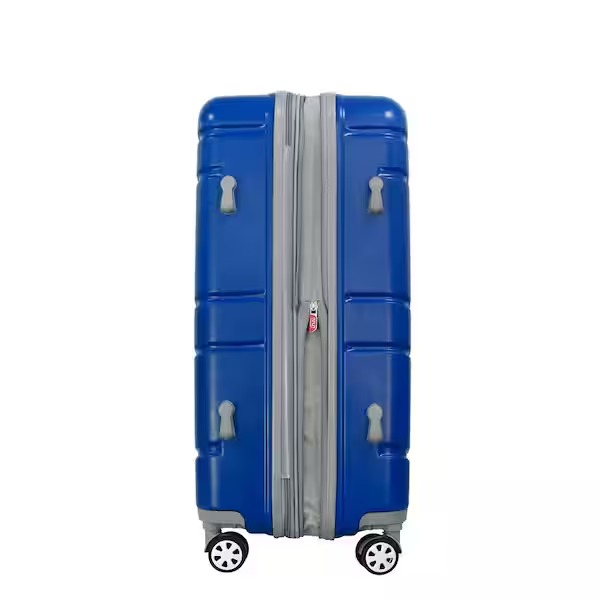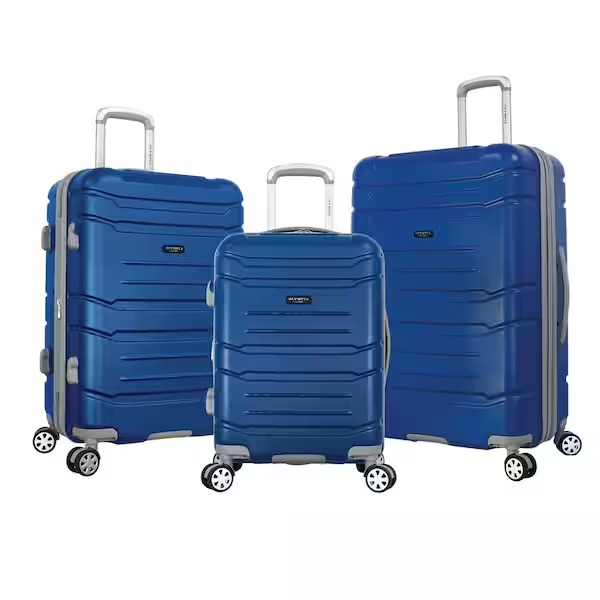Introduction to Suitcase Sizes
What is the largest suitcase size? When we travel, the suitcase is our companion. It holds our belongings and takes them from place to place. But, baggage comes in many sizes. Knowing them is key to travel success. Small cases fit overhead bins. Medium ones cover short trips well. Then, there are the large sizes. Our focus today, especially, is on the largest suitcase size. We talk about big cases for extended stays or serious hauling. Understanding their dimensions and uses helps travelers make smart choices. And there’s a range to choose from, each with perks for different needs.
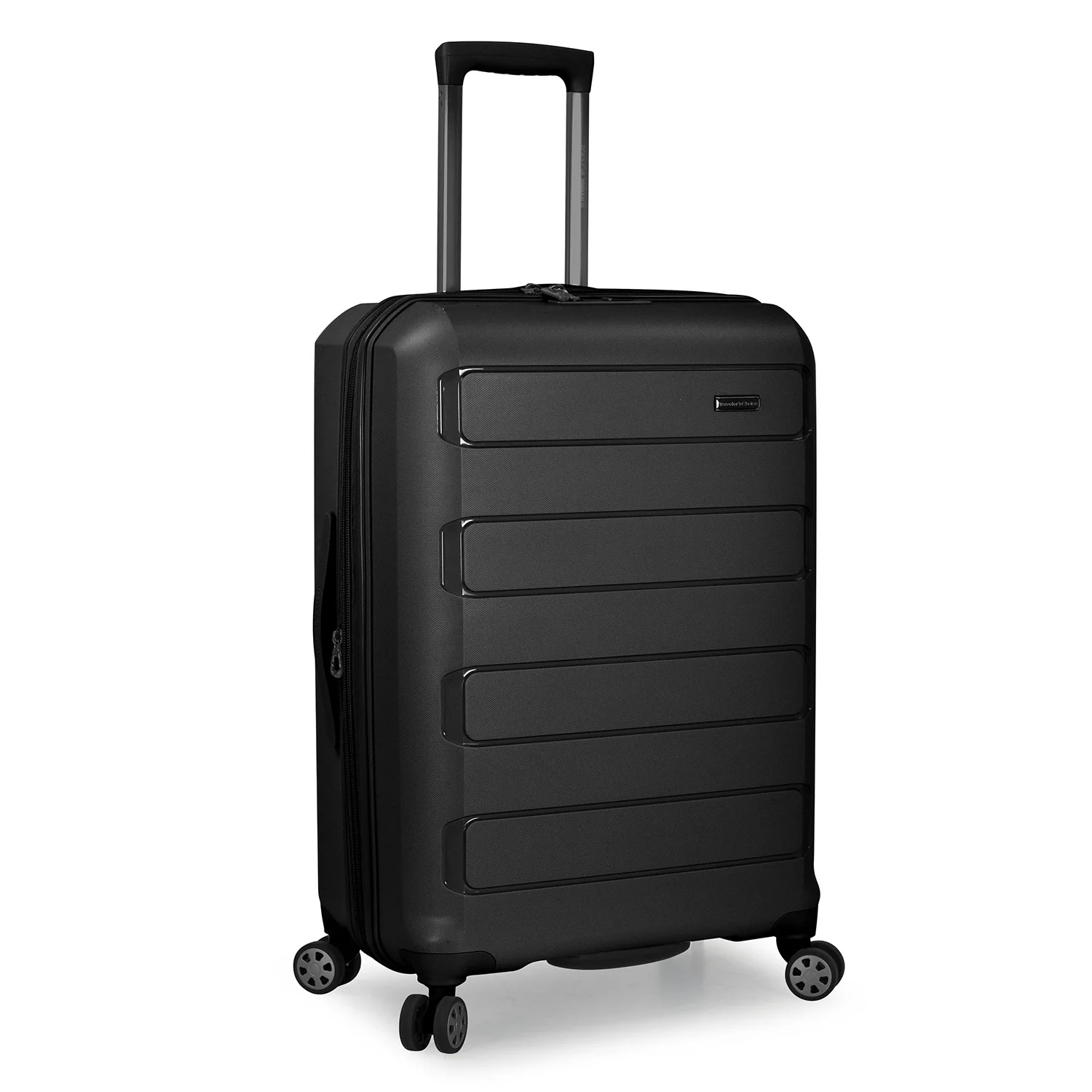
The Importance of Choosing the Right Suitcase Size
Choosing the right suitcase size is crucial for any trip. Consider the length of your journey and the type of items you’re bringing. The wrong size can lead to overpacking or underutilization. Large suitcases may seem like the perfect solution for bringing everything you need. However, they can also cause issues if they exceed airline limits. These could include extra costs and handling challenges. Choosing the largest suitcase size might seem wise for long trips. But it’s important to think about mobility, storage, and travel costs. The key is to find a balance between space and convenience. By selecting the correct size, you ensure a smoother and more efficient travel experience.
Standard Suitcase Sizes and Dimensions
Suitcase sizes vary, generally categorized into small, medium, and large. Small suitcases, often called carry-ons, typically range from 18 to 22 inches. They fit easily in overhead bins. Medium suitcases measure between 23 to 27 inches. They are ideal for trips lasting a few days. The large ones, which we are focusing on, start at 28 inches and go up to the largest suitcase size available.
When discussing the largest suitcase size, we refer to those that are 28 inches or more. These are the check-in types, with spacious capacities. They are designed for longer trips, often having dimensions around 31-32 inches. But some can be as big as 36 inches. It’s a massive space for all travel essentials.
Knowing exact suitcase dimensions is crucial. It ensures that the suitcase fits airline requirements and can be handled comfortably during your journey. A standard large suitcase might have a dimension of 30 inches high, 19.5 inches wide, and 11.5 inches deep. But these numbers are not fixed. Brands may have different dimensions for what they consider large.
The Largest Suitcase Sizes Available
When it comes to the largest suitcase sizes, options are vast. Typically, the largest suitcases that consumers often encounter start at 28 inches. But the true giants can extend up to 36 inches or more. These mammoth bags are made for those who don’t want to leave anything behind.
For individuals who need ample space, brands offer products that push the limits of size. A suitcase that measures 32 inches in height is common for extended trips. However, some travelers might find suitcases that boast heights of 34 inches or more, offering extra volume.
While talking about ‘what is the largest suitcase size’ for travel, it’s essential to know the maximum legal size allowed by airlines. Most stay within the 62 linear inches standard, combining height, width, and depth. But the largest you can generally go without hitting oversized limits is usually just under that, with careful consideration of the suitcase’s width and depth not to exceed the total allowed dimensions.
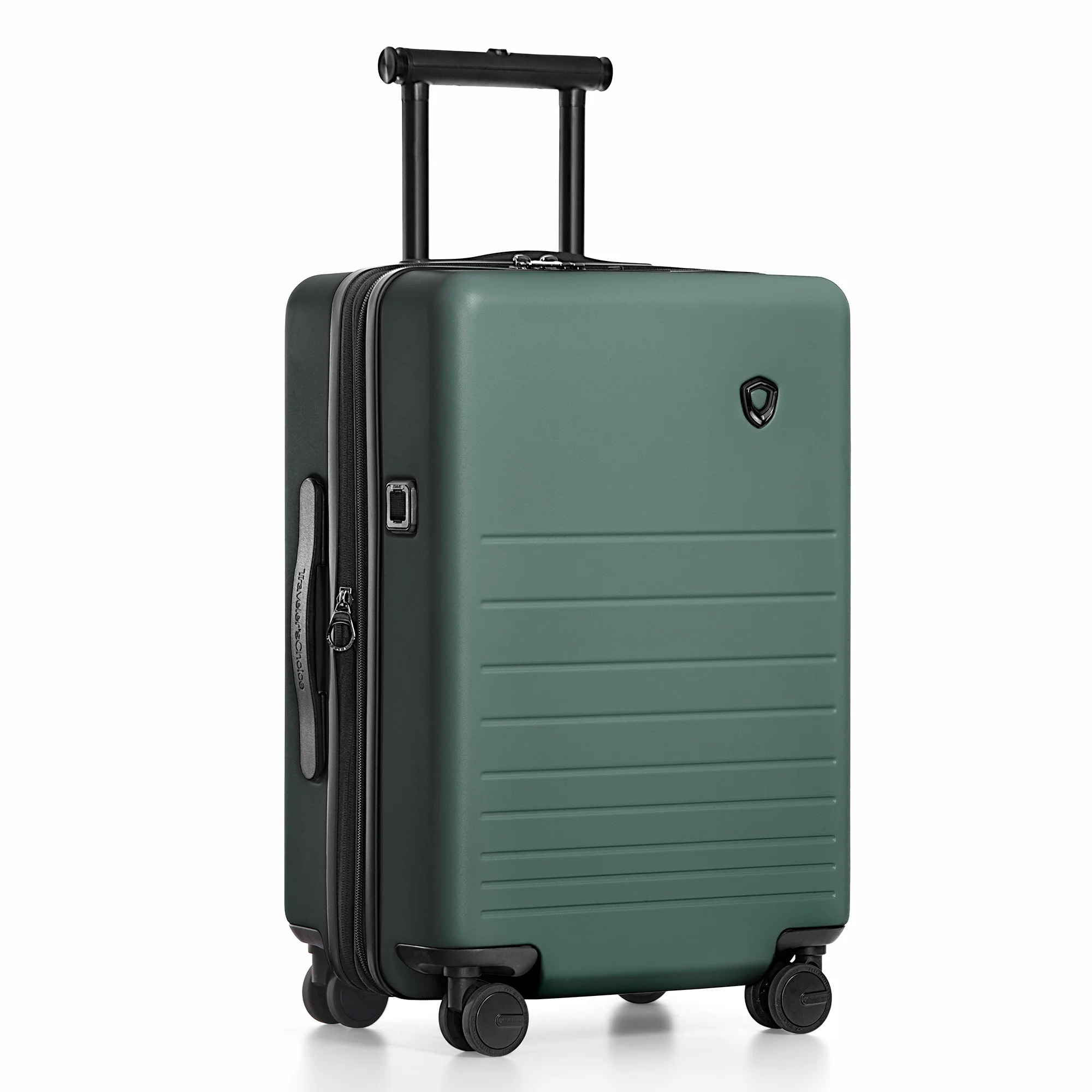
Factors to Consider When Selecting a Large Suitcase
Selecting the right large suitcase is not about just size. Many factors affect your choice. Here are key things to consider:
- Capacity: Look for how much a suitcase can hold. Check the volume in liters or cubic inches.
- Weight: Heavier suitcases eat into your weight allowance. Pick lightweight materials to save on fees.
- Wheels: Four-wheeler ‘spinners’ offer easier movement. Two-wheeler ‘rollers’ may be more stable.
- Durability: Strong materials like polycarbonate resist damage. Soft materials offer flexibility but might not protect contents as well.
- Handles: Sturdy handles matter for lifting and pulling. Test them if you can.
- Zippers: Strong zippers are key. They should work smoothly and withstand pressure.
- Compartments: More pockets and divisions help organize your items. Check the inside layout.
- Expandability: Some suitcases expand to fit extra items. It’s useful for bringing back more than you left with.
- Price: Cost matters, but don’t go cheap on quality. Invest in a suitcase that lasts.
Consider how you travel and what you’ll be packing. Balance your needs against each factor. This ensures you won’t regret your choice later. Always measure your suitcase before buying. This helps avoid hassles with airlines. And check reviews. They provide insights into real-life use. Making an informed decision means fewer worries and a better travel experience.
Pros and Cons of Traveling with Large Suitcases
Traveling with a large suitcase has both upsides and downsides. Let’s explore these to help you decide what’s best for your trip.
Pros:
-
- More packing space: A large suitcase allows for more items, which is great for long trips.
- Less need for laundry: With more space, you can pack extra clothes, reducing laundry stops.
- Comprehensive packing: You can bring various items, including those ‘just in case’ pieces.
- Convenience: Pack one large bag instead of several smaller ones for easier handling.
Cons:
-
- Weight restrictions: Large suitcases can lead to overweight baggage fees at airports.
- Harder to maneuver: Big bags may be tough to handle through crowded airports.
- Storage issues: Finding space in hotel rooms or cars is harder with a bigger suitcase.
- Cost: Larger suitcases often cost more to buy and may incur additional travel fees.
When traveling, ask yourself ‘what is the largest suitcase size I can manage?’. Assess if the benefits of extra packing space outweigh potential issues like added costs and reduced mobility. Remember, balance what you pack with what is practical for your journey.
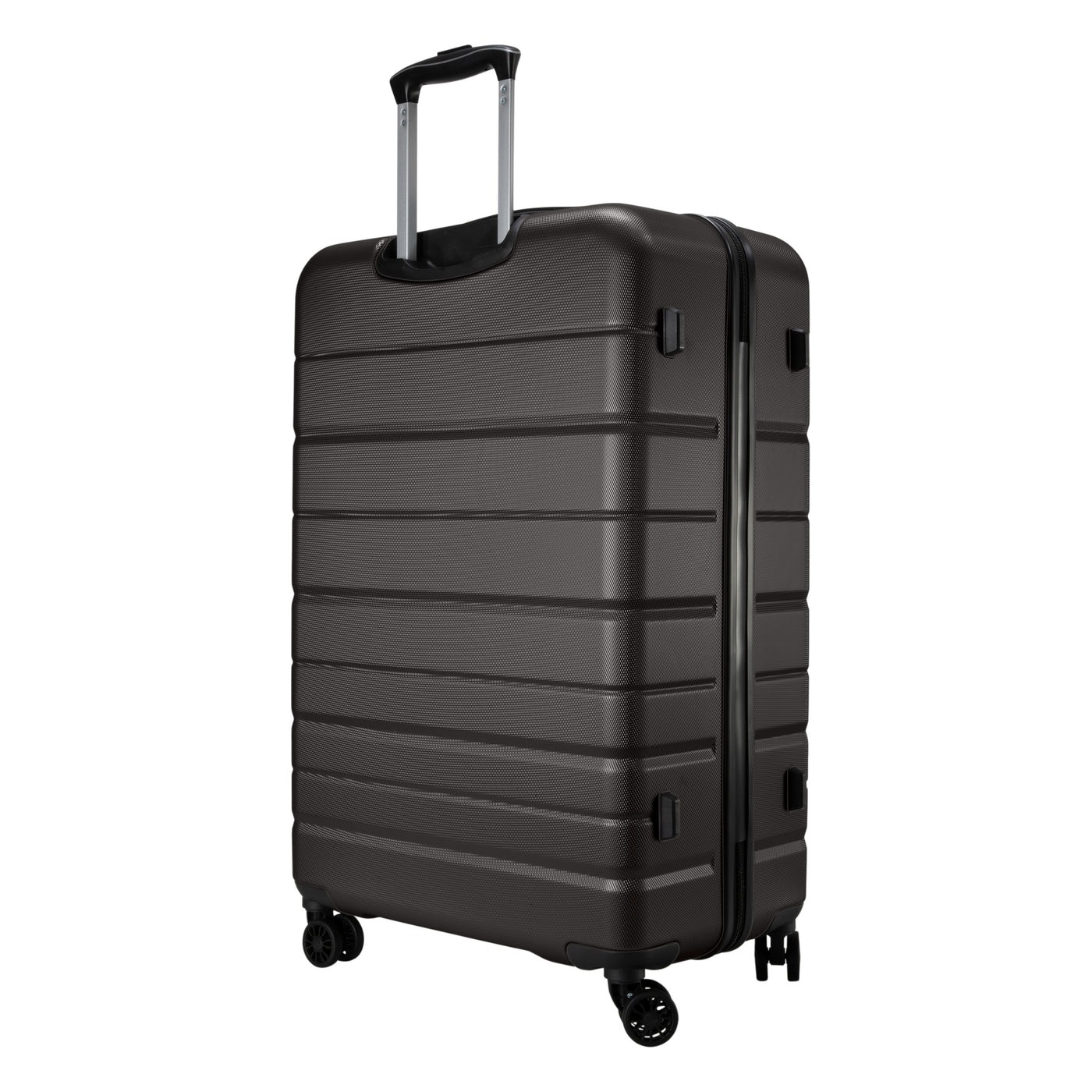
Tips for Packing Large Suitcases Efficiently
Packing a large suitcase needs strategy to use space smartly. Make a list before starting. Include all you must bring. Check it twice to avoid packing unnecessary items. Here are tips to pack efficiently:
- Roll Your Clothes: Rolling instead of folding saves space and reduces wrinkles.
- Use Packing Cubes: These help to organize and compress your clothes.
- Fill Dead Space: Stuff socks and small items into shoes to maximize every inch.
- Layer Heavy Items at the Bottom: Place heavier things near the wheels for stability.
- Use Compression Bags: For bulky items like coats, compression bags work wonders.
- Leave Some Room: Don’t overpack. It helps in case you bring back more items.
- Weigh Your Suitcase: Always weigh to avoid overweight fees at the airport.
Remember, even with a large suitcase, balance is key. Too much weight can be hard to handle. It can also lead to higher fees when flying. Ask yourself, ‘what is the largest suitcase size I can pack and still move easily?’. Stay under the size and weight limits to make your trip smooth. These steps help you pack large suitcases like a pro.
Airline Restrictions and Fees for Oversized Luggage
When traveling, knowing airline restrictions for oversized luggage is crucial. Airlines often set limits on the size and weight of bags. For most, the limit is 62 linear inches. This is the total of the height, width, and depth of your bag. Bags exceeding this size may incur oversized luggage fees. These fees vary by airline but can be significant. It’s essential to check your airline’s policy before flying.
Some airlines may also have weight limits for luggage. Exceeding these may result in overweight baggage fees. To avoid surprises at the airport, weigh your bag after packing. If it’s over the limit, consider removing items or redistributing weight.
To recap, here are the steps to avoid fees and issues:
- Check your airline’s size and weight restrictions.
- Measure your suitcase’s linear inches.
- Weigh your packed suitcase.
- Compare your measurements to the airline’s limits.
- Remove items if your suitcase is over the limit.
By following these guidelines, you can travel with ease, knowing you’ve packed within the rules.
